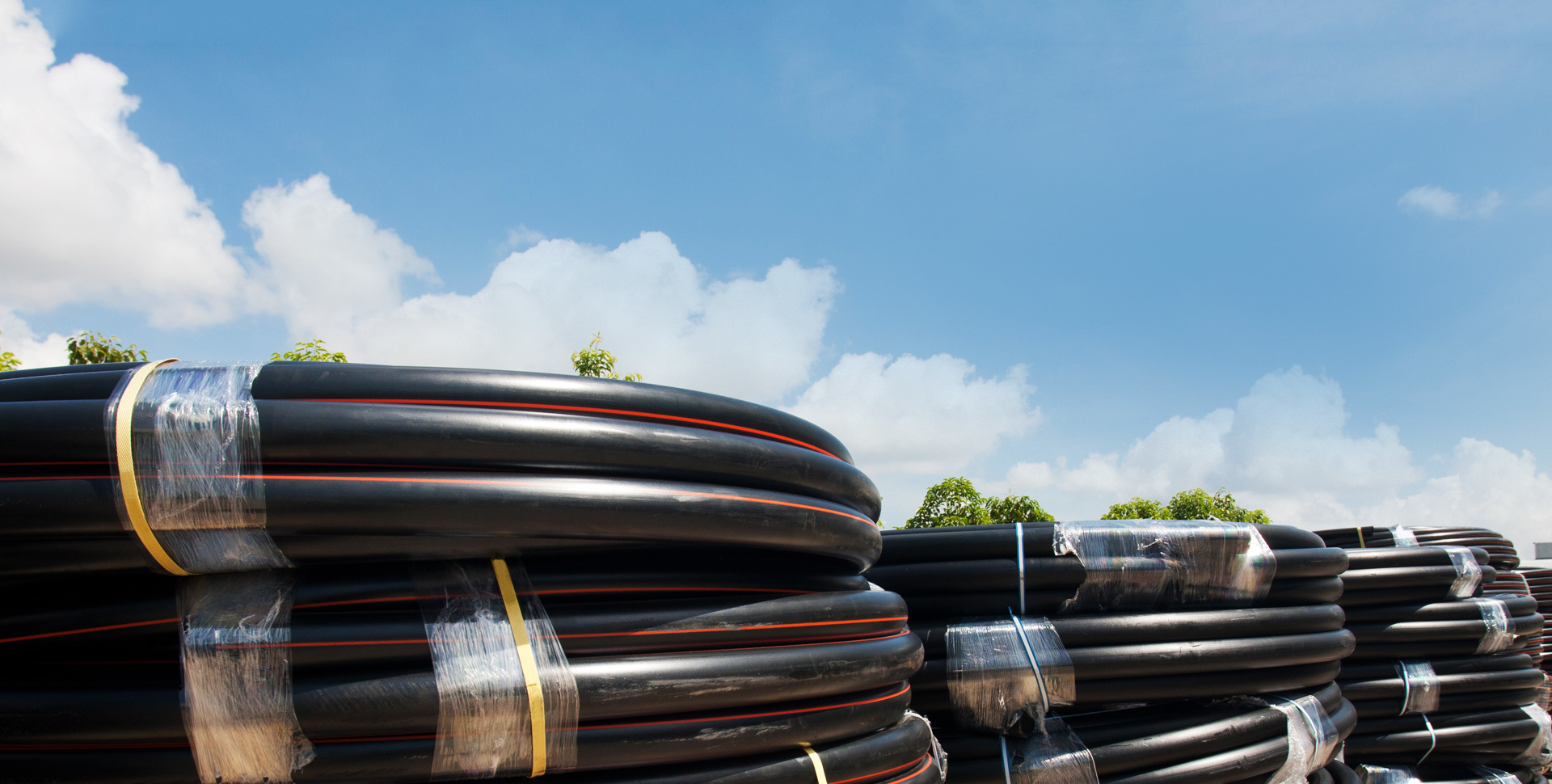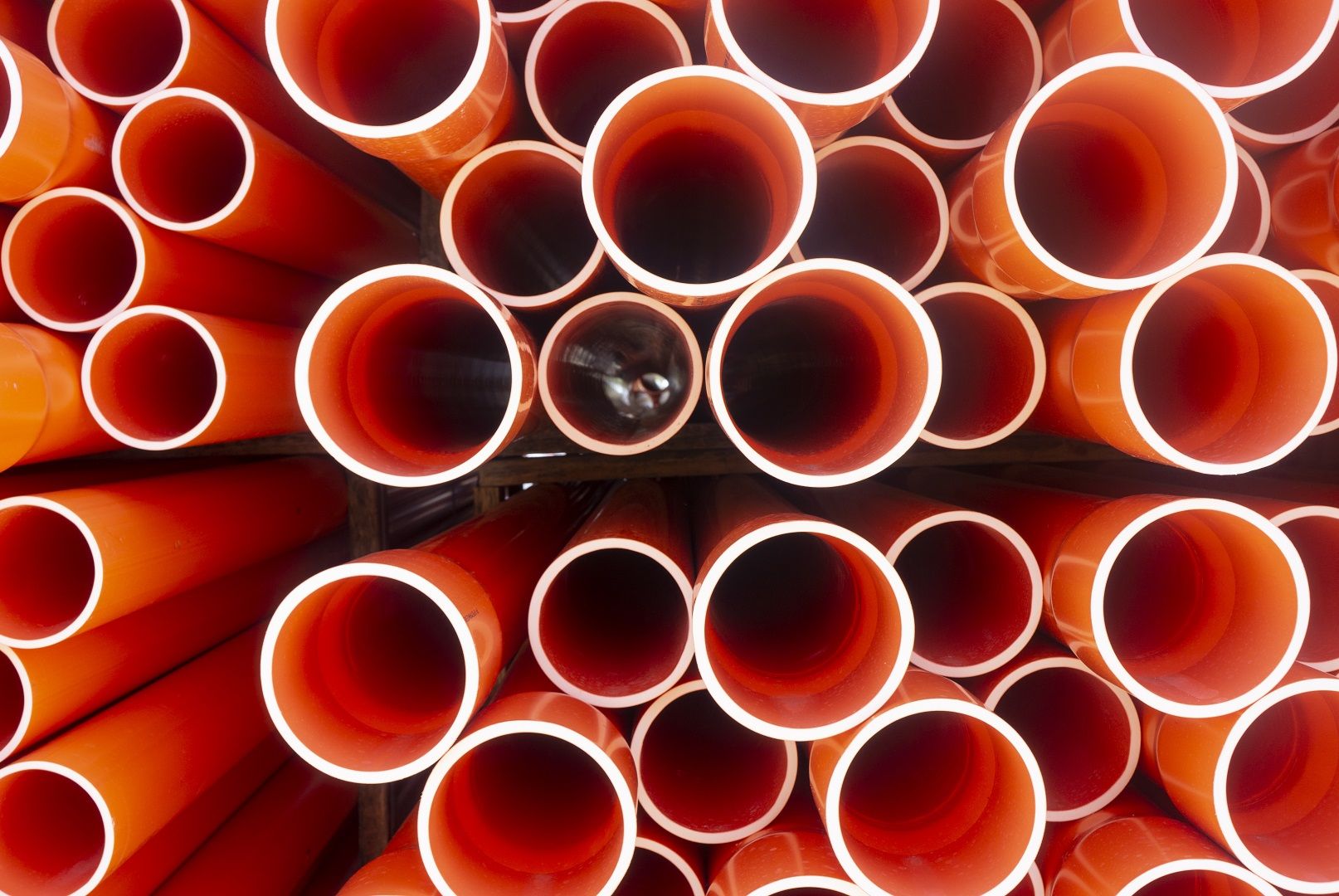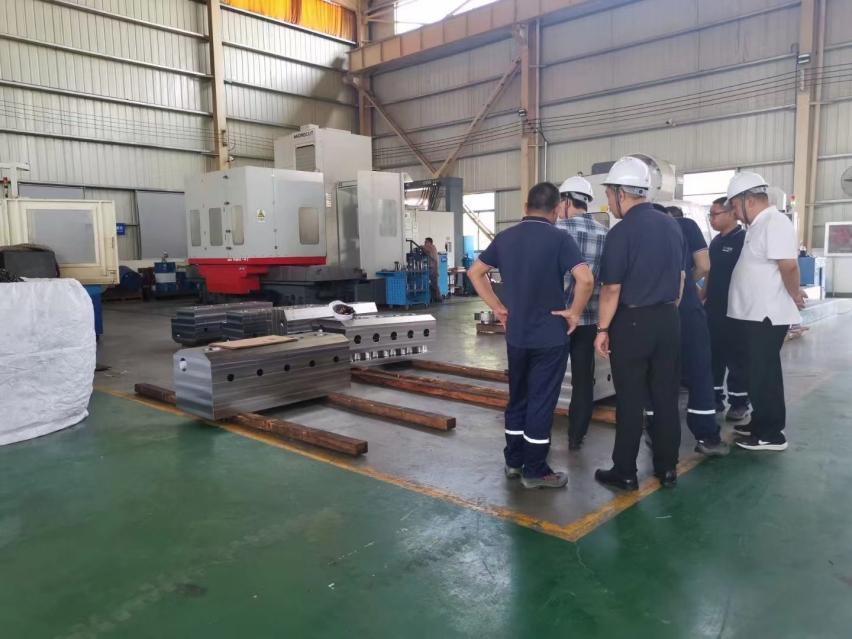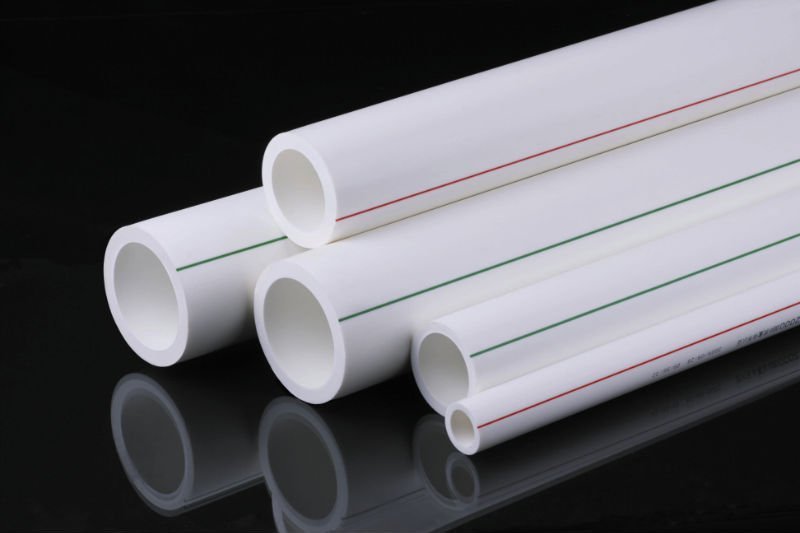Enhancing Efficiency: The Impact of Optical Cable Silicon Core Tubes on Data Transmission
Oct 16,2024
Enhancing Efficiency: The Impact of Optical Cable Silicon Core Tubes on Data Transmission
Table of Contents
- 1. Introduction to Optical Cable Technology
- 2. Fundamentals of Optical Fiber
- 3. What Are Silicon Core Tubes?
- 4. Advantages of Silicon Core Tubes in Optical Cables
- 5. The Impact of Silicon Core Tubes on Data Transmission Efficiency
- 6. Applications and Use Cases in Various Industries
- 7. The Future of Optical Cable Technology
- 8. Conclusion
- 9. Frequently Asked Questions
1. Introduction to Optical Cable Technology
The demand for high-speed data transmission continues to surge as digital communication becomes increasingly integral to our daily lives. Optical cables have emerged as a pivotal technology in this domain, enabling faster and more efficient data transfer. Among the advancements, **silicon core tubes** have gained significant attention for their impact on the performance and reliability of optical cables. This article aims to explore the intricacies of these components and their profound implications for data transmission efficiency.
2. Fundamentals of Optical Fiber
Before delving into the specifics of silicon core tubes, it's essential to understand the fundamentals of optical fiber technology. Optical fibers consist of a core surrounded by a cladding layer, which reflects light and allows data to travel through the fiber via total internal reflection. This structure is crucial for minimizing signal loss and distortion over long distances.
The **core material** significantly influences the fiber's performance. Traditionally, glass has been the primary material used for optical fibers. However, advancements in material science have introduced alternative components like silicon, which offer unique benefits in specific applications.
3. What Are Silicon Core Tubes?
Silicon core tubes are specialized components designed to enhance optical cables' functionality. Unlike traditional glass fibers, these tubes utilize silicon as the core material, optimizing light transmission properties and improving overall efficiency.
The silicon core is surrounded by a specially engineered cladding that ensures maximum light retention and minimal loss. This innovative construction allows silicon core tubes to outperform conventional optical fibers in various scenarios, particularly in high-demand environments.
4. Advantages of Silicon Core Tubes in Optical Cables
Silicon core tubes offer numerous advantages that contribute to their growing prominence in optical cable technology:
4.1. Enhanced Data Transmission Rates
Silicon's properties facilitate higher data transmission rates compared to traditional materials. The reduced signal loss and increased bandwidth capabilities enable faster communication, essential for modern applications like streaming, cloud computing, and real-time data processing.
4.2. Improved Signal Integrity
The unique structure of silicon core tubes minimizes interference and crosstalk, ensuring that signals remain clear and undistorted throughout the transmission process. This characteristic is crucial for applications requiring high reliability and precision.
4.3. Greater Flexibility and Durability
Silicon core tubes exhibit greater flexibility and resistance to environmental factors compared to traditional optical fibers. They can withstand harsh conditions, making them suitable for various applications in telecommunications, industrial settings, and outdoor installations.
4.4. Cost-Effectiveness
While the initial investment in silicon core tubes may be higher, their durability and lower maintenance requirements lead to significant cost savings over time. The improved efficiency also reduces energy consumption, aligning with the growing emphasis on sustainability in technology.
5. The Impact of Silicon Core Tubes on Data Transmission Efficiency
The integration of silicon core tubes into optical cables has a transformative effect on data transmission efficiency. Several factors contribute to this enhanced performance:
5.1. Increased Bandwidth Capabilities
Silicon core tubes support higher bandwidth, allowing for more data to be transmitted simultaneously. This capacity is crucial for meeting the demands of data-intensive applications, such as high-definition video streaming and large-scale data transfers.
5.2. Reduced Latency
Silicon's superior light transmission properties contribute to lower latency, ensuring that data packets reach their destination more quickly. This reduction in delay enhances real-time communication applications, making silicon core tubes an attractive choice for businesses relying on immediate data exchange.
5.3. Long-Distance Signal Clarity
The ability of silicon core tubes to maintain signal integrity over long distances sets them apart from traditional optical fibers. This characteristic is particularly valuable for telecommunications companies aiming to provide reliable services across vast geographic areas.
6. Applications and Use Cases in Various Industries
Silicon core tubes are making waves in various sectors, each benefiting from their unique properties:
6.1. Telecommunications
Telecommunications companies are increasingly adopting silicon core tubes in their infrastructure, enhancing data transmission capabilities and improving customer service quality.
6.2. Data Centers
In data centers, where speed and efficiency are paramount, silicon core tubes facilitate high-speed data transfer, enabling faster processing times and improved performance.
6.3. Medical Technology
The medical field uses optical cables for imaging and diagnostic equipment. Silicon core tubes can provide the clarity and reliability needed for critical applications.
6.4. Industrial Automation
Silicon core tubes are ideal for industrial automation systems, where robust and flexible communication networks are essential for seamless operations.
7. The Future of Optical Cable Technology
The future of optical cable technology appears promising, with silicon core tubes leading the charge. As technology continues to advance, we can anticipate further enhancements in data transmission efficiency. Researchers are exploring improved manufacturing processes and novel materials that could elevate the performance of silicon core tubes even further.
Innovations in fiber-optic technologies will likely lead to new applications and industries adopting this cutting-edge solution. As the demand for high-speed data continues to rise, the role of silicon core tubes in shaping the future of communication is undeniable.
8. Conclusion
The impact of optical cable silicon core tubes on data transmission efficiency is profound and multifaceted. Their superior properties, including enhanced data transmission rates, improved signal integrity, and cost-effectiveness, position them at the forefront of optical cable technology. As industries increasingly rely on fast and reliable data transfer, the adoption of silicon core tubes is set to grow, paving the way for a more connected and efficient future.
9. Frequently Asked Questions
What are the primary benefits of using silicon core tubes in optical cables?
Silicon core tubes offer enhanced transmission rates, improved signal integrity, greater flexibility and durability, and long-term cost savings.
How do silicon core tubes compare to traditional glass fibers?
Silicon core tubes provide lower signal loss, higher bandwidth, and reduced latency, making them superior for many applications compared to traditional glass fibers.
In which industries are silicon core tubes commonly used?
Silicon core tubes are widely used in telecommunications, data centers, medical technology, and industrial automation.
Can silicon core tubes withstand harsh environmental conditions?
Yes, silicon core tubes are designed to be flexible and durable, making them suitable for various environments, including outdoor installations and industrial settings.
What is the future outlook for optical cable technology?
The future of optical cable technology is promising, with ongoing advancements in materials and manufacturing processes expected to enhance performance further. Silicon core tubes are likely to play a critical role in this evolution.
Latest News






